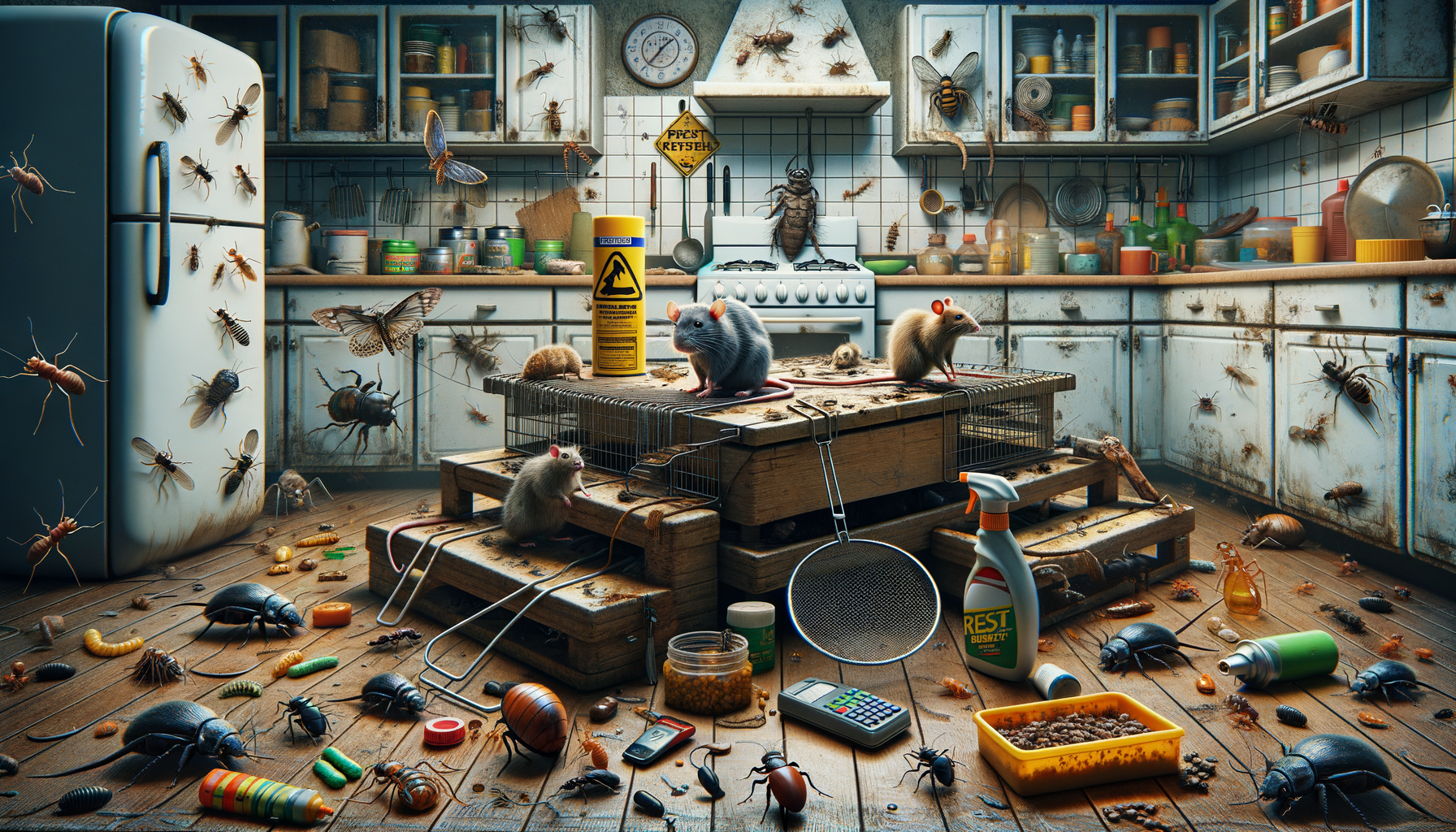
Understanding Pest Control: Managing Common Household Pests
Introduction to Pest Control
Pest control is an essential aspect of maintaining a clean and safe environment in both residential and commercial settings. Pests such as insects and rodents can cause significant damage to property and pose health risks to humans and pets. Understanding the importance of pest control and implementing effective strategies can help in managing these unwanted guests efficiently. This article delves into various methods and practices involved in pest control, aiming to equip you with the knowledge to tackle pest issues effectively.
Common Household Pests
Household pests come in various forms and sizes, each presenting unique challenges. Some of the most common pests include ants, cockroaches, rodents, termites, and bed bugs. These pests can infiltrate homes through small cracks and crevices, seeking food, water, and shelter. For instance, ants are often attracted to sugary substances and can quickly form trails, while cockroaches thrive in warm, moist environments and can spread diseases. Rodents, on the other hand, can chew through electrical wires and insulation, posing fire hazards.
To effectively manage these pests, it is crucial to identify the specific type of pest and understand their behavior. This knowledge allows for targeted interventions that are more likely to succeed. For example, sealing entry points and maintaining cleanliness can deter ants and cockroaches, while traps and baiting systems may be more effective for rodents. Regular inspections and monitoring are also vital to detect early signs of infestation and prevent it from escalating.
Methods of Pest Control
Pest control methods can be broadly categorized into chemical, biological, and mechanical approaches. Chemical pest control involves the use of pesticides and insecticides to eliminate pests. While effective, these chemicals can pose health risks if not used properly, necessitating careful application and adherence to safety guidelines.
Biological pest control, on the other hand, utilizes natural predators or pathogens to manage pest populations. This eco-friendly approach minimizes chemical use and can be particularly effective in agricultural settings. For example, introducing ladybugs to control aphid populations is a common practice.
Mechanical pest control includes physical barriers, traps, and manual removal of pests. This method is often used in conjunction with other strategies to enhance effectiveness. For instance, installing screens on windows and doors can prevent insects from entering the home, while traps can capture rodents and other small pests.
Preventive Measures
Prevention is a key component of effective pest control. By implementing preventive measures, homeowners and businesses can reduce the likelihood of infestations. Some essential preventive steps include:
- Sealing cracks and gaps in walls, doors, and windows to eliminate entry points.
- Maintaining cleanliness by promptly cleaning spills and disposing of garbage.
- Storing food in airtight containers to prevent attracting pests.
- Regularly inspecting and maintaining plumbing to prevent leaks and moisture buildup.
Landscaping also plays a role in pest prevention. Keeping grass trimmed and ensuring that trees and shrubs do not touch the building can deter pests from nesting. Additionally, proper drainage systems can prevent water accumulation, which attracts mosquitoes and other pests.
Conclusion: Maintaining a Pest-Free Environment
Effective pest control requires a combination of knowledge, vigilance, and proactive measures. By understanding the behavior of common pests and implementing a mix of chemical, biological, and mechanical control methods, it is possible to maintain a pest-free environment. Moreover, preventive strategies play a crucial role in minimizing the risk of infestations, ensuring that homes and businesses remain safe and comfortable for occupants. Regular monitoring and prompt action can help in managing pests effectively, ultimately contributing to a healthier living and working space.


